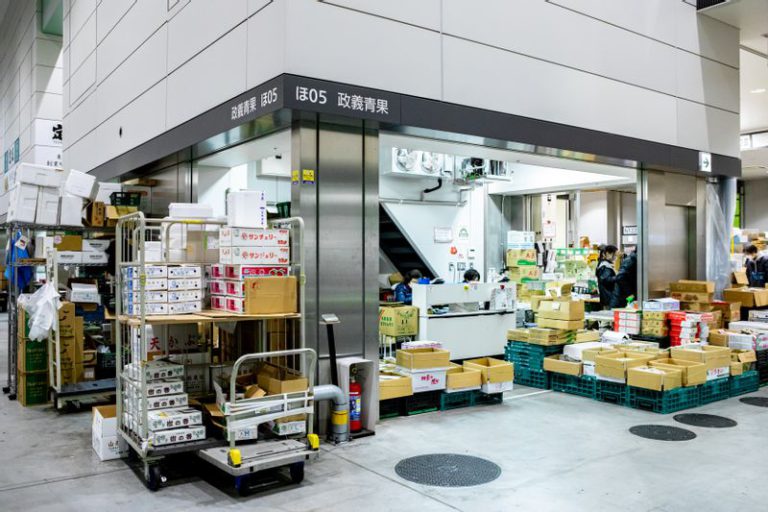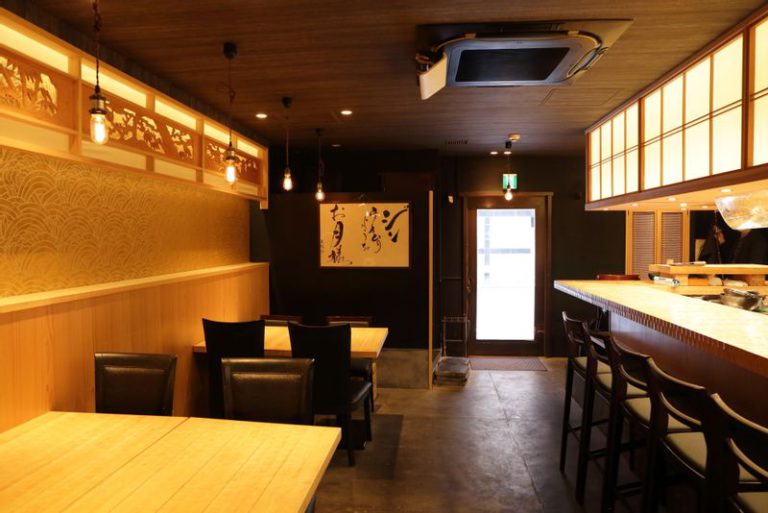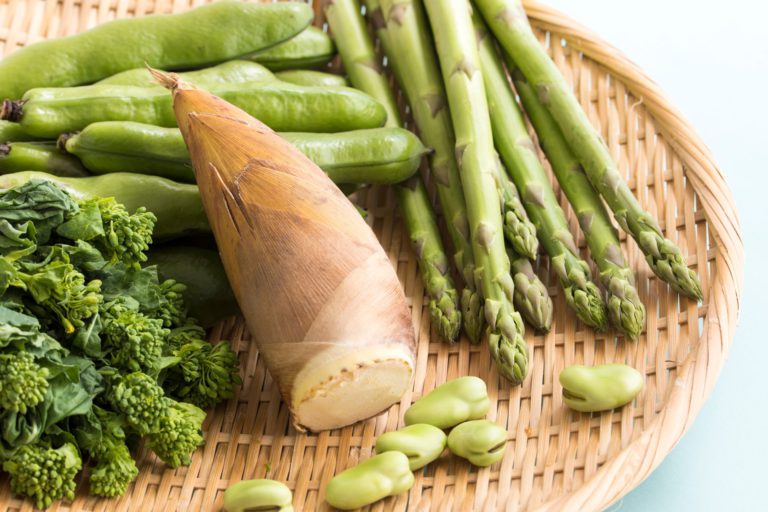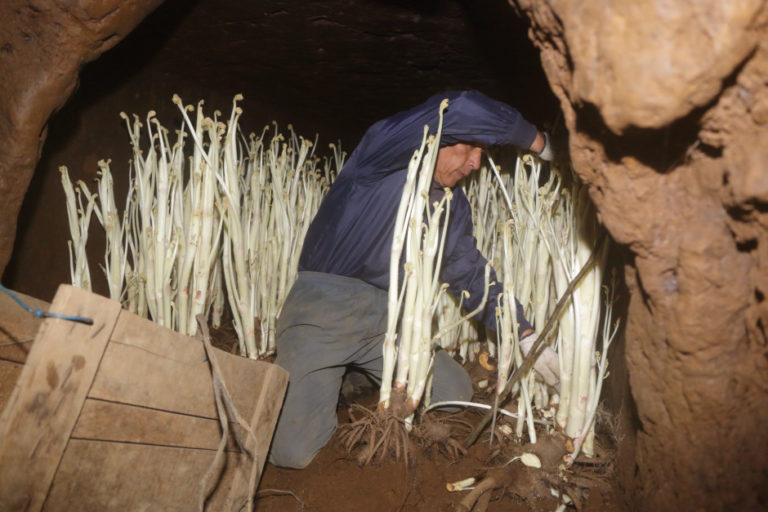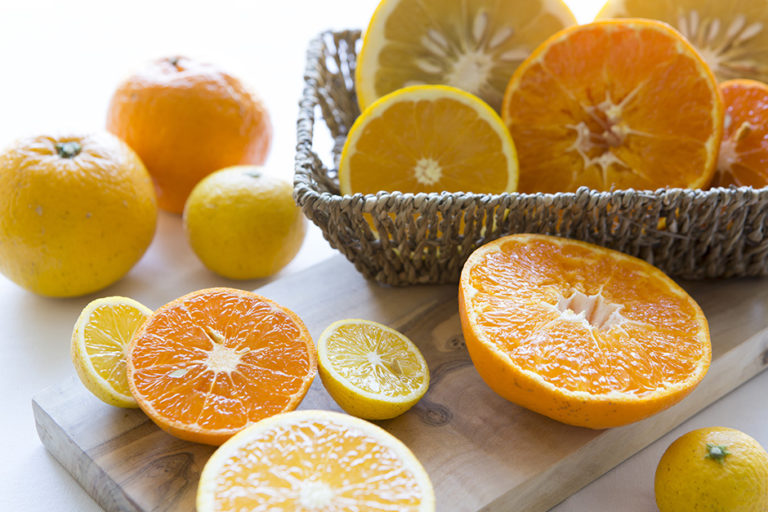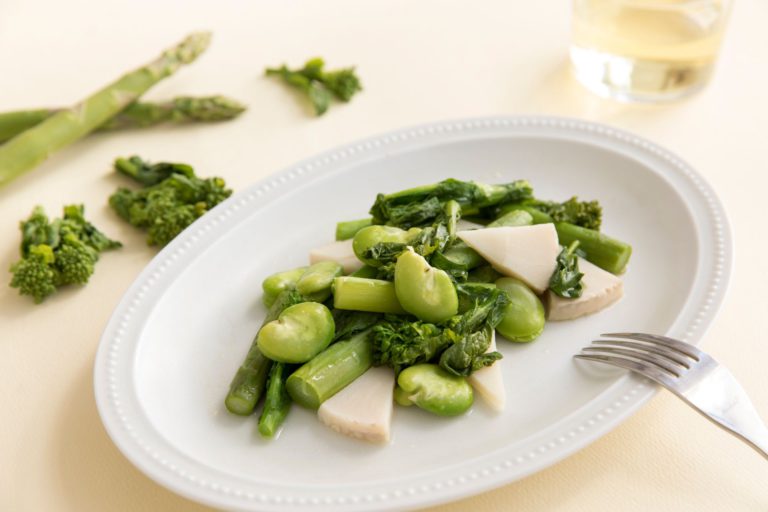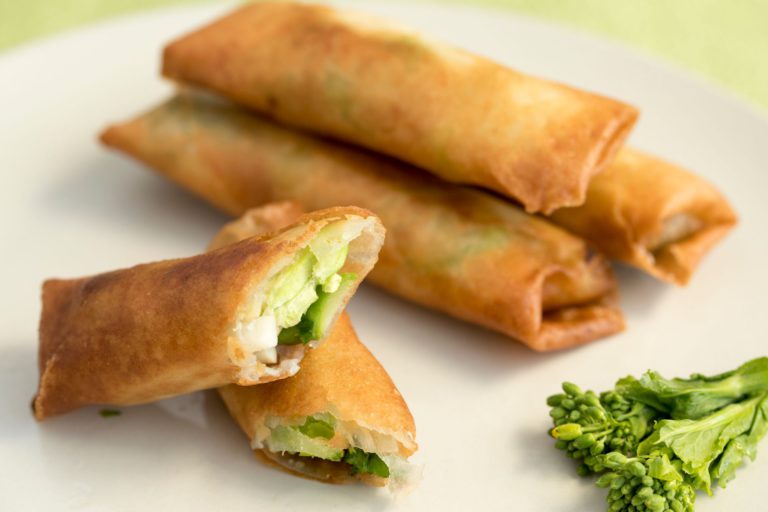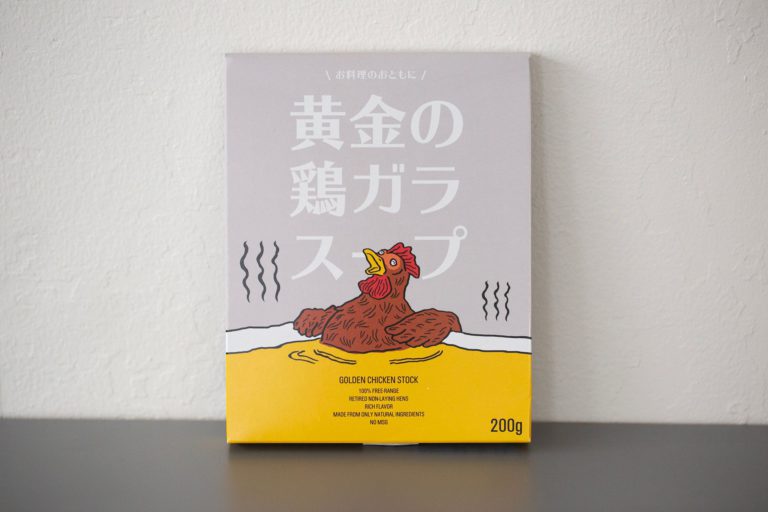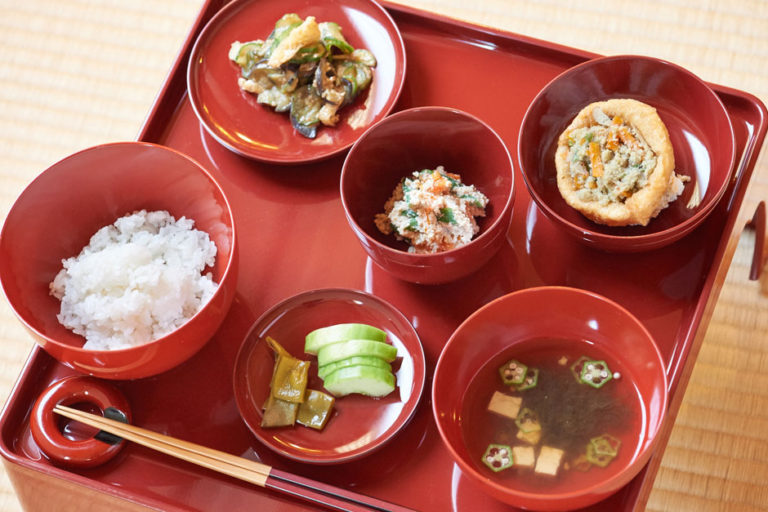With 300 Edible Varieties, Sansai Brings the Breath of Spring
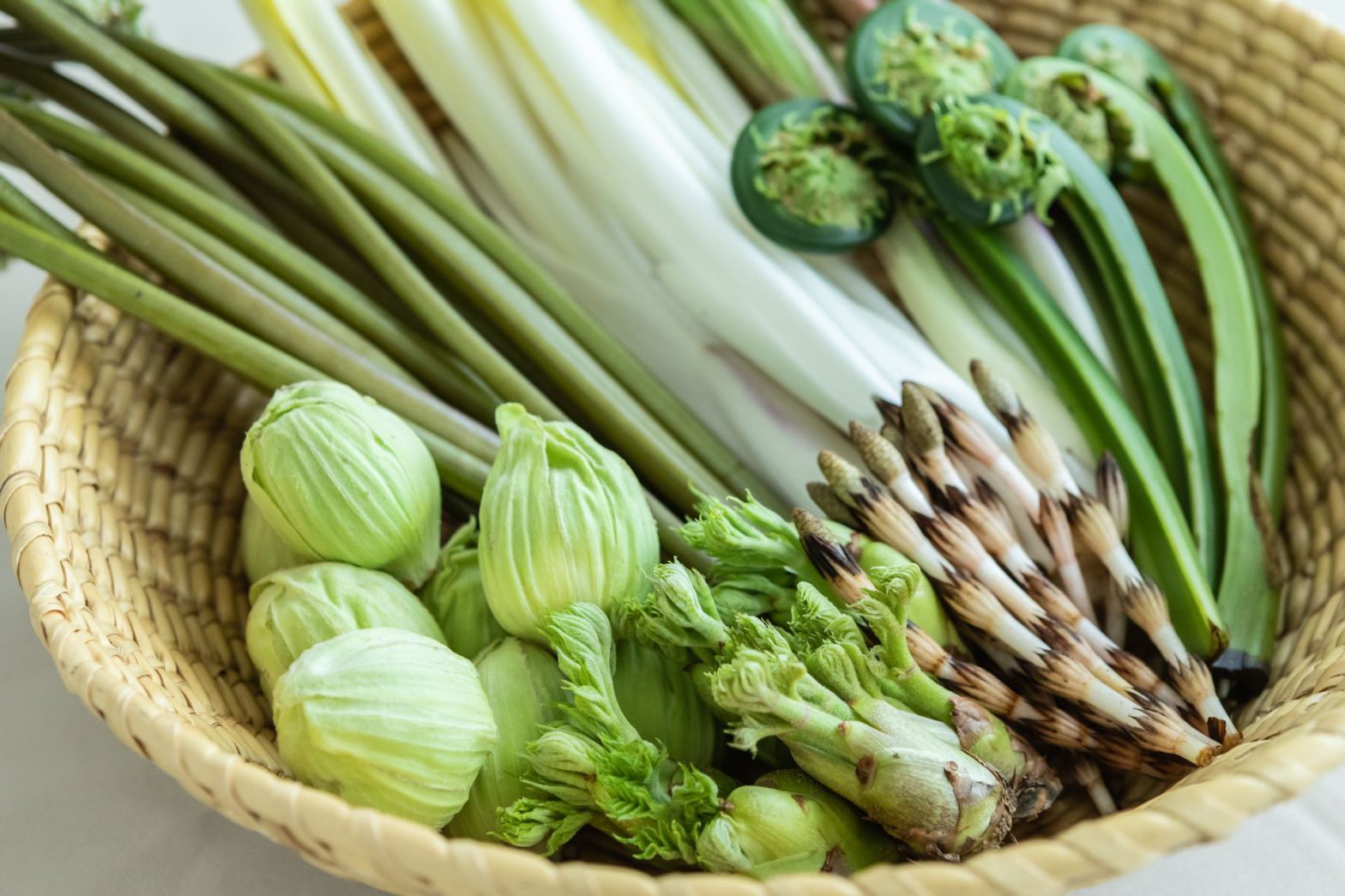
Nourishing sansai has been enjoyed since the Jomon period
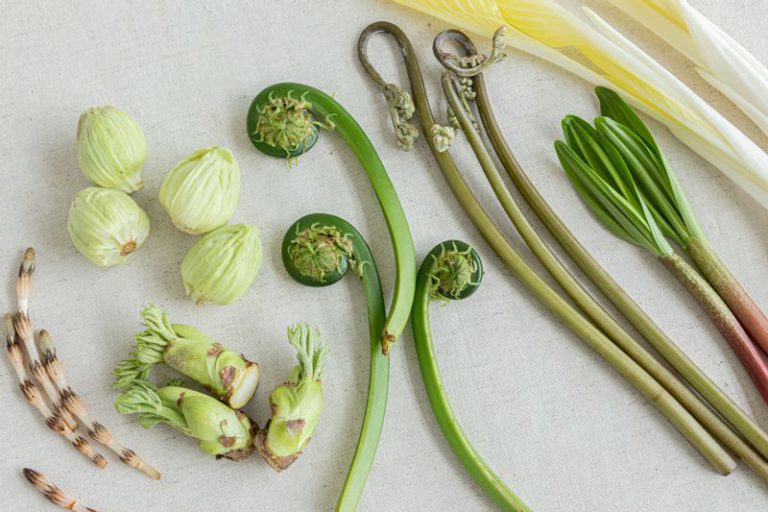
Sansai adds a touch of “spring” to the dinner table. Originally, sansai refers to edible plants growing wild primarily in mountains and fields and are classified separately from vegetables cultivated and modified by human hands.
With its complex topography and wide-ranging climates, the Japanese archipelago is home to numerous plant species. Sansai also comes in a wide variety and can be gathered in the mountains, plains, wetlands, and, surprisingly, even in urban areas. About 300 species alone are edible. They are enjoyed in various regions, from Hokkaido to Okinawa Prefecture.
Because of this background, sansai has been closely associated with the food culture of the Japanese people since ancient times. Ostrich fern, a sansai, has been excavated from the Sakuramachi Ruins, a Jomon-period site in Oyabe, Toyama Prefecture, mixed with earthenware, nuts and other materials.
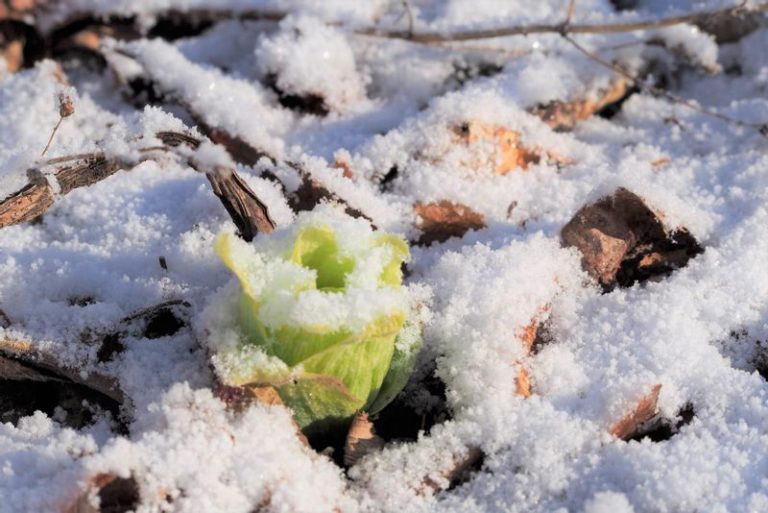
There is a poem in Japan’s oldest anthology of poetry, the xxxitalicxxxMan’yoshuxxxitalicxxx.
<Asu yori wa haruna tsumamu to shimeshi no ni kino mo kyo mo yuki wa furitsutsu>
Haruna is the same as sansai. The poem says, “I went to the trouble of leaving marks where the sansai plants are, but it has been snowing since yesterday and today.” The eager anticipation for the taste of spring is filled with sentiments that are relevant today.
Some believe that the term sansai came about in the Edo period (1603–1867). In a period where major famines occurred frequently, sansai was valued as emergency food, and various varieties and ways of eating were discovered. The Yonezawa clan prepared for the coming famine by distributing Katemono, a practical guide to sansai and wildflowers, to the domain’s residents.
Forced cultivation of sansai began in full-scale in the 1980s. The development of distribution networks made fresh sansai, which used to be consumed in their growing regions, more accessible in supermarkets in the Greater Tokyo Area.
Seven classic sansai recommended by a long-established wholesaler

Toyosu Market (Tokyo Metropolitan Central Wholesale Market) is known as “Japan’s kitchen.” Masayoshi Seika has a shop in the fruit and vegetable wing. The fruit and vegetable broker was established in 1960 and sells about 200 varieties of produce throughout the year. About a dozen of them are sansai. They are mainly grown in Yamagata and Akita prefectures and are available from December to May.
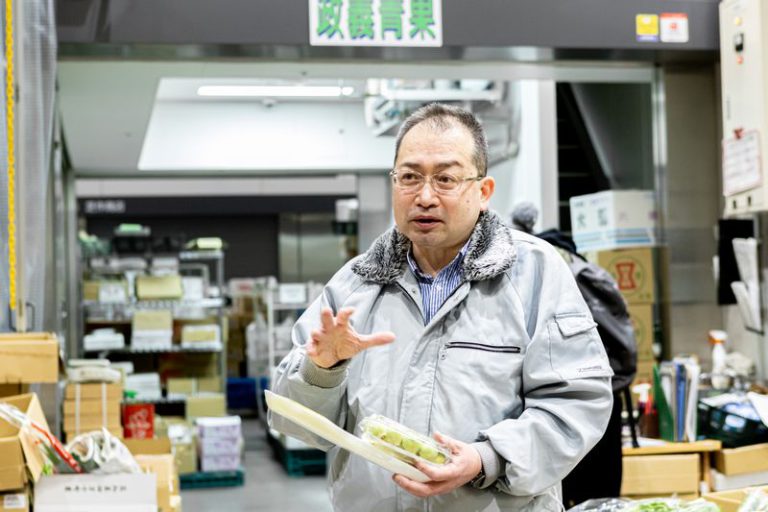
The second-generation owner, Yoshiharu Kondo, says about sansai, “The wild variety is distributed later than the cultivated ones, from around April, but the cultivated ones are less bitter and more popular with restaurants. These days, an increasing number of growers are providing recipes to make their products more palatable.”
He said, “First, try them as a basic tempura dish,” before telling us about typical sansai plants.
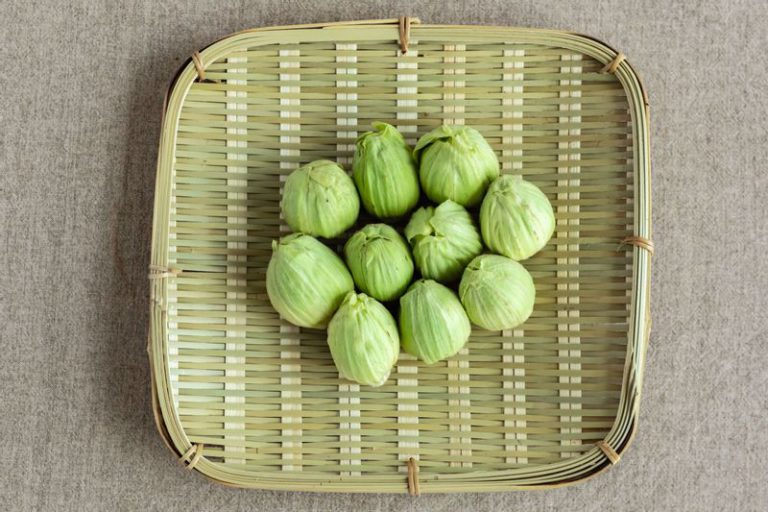
Butterbur sprout
The sansai grows on roadsides, riverbanks, fields and wetlands. In the early spring, the scapes enclosed in bracts growing from underground rhizomes are cut off. Its harsh bitterness must be removed before cooking. Its subtle bitterness and soft texture can be enjoyed in tempura. It can also be used in stewed dishes and stir-fries. “It is a classic of all classic sansai. The best ones are those with tightly closed buds,” says Kondo.
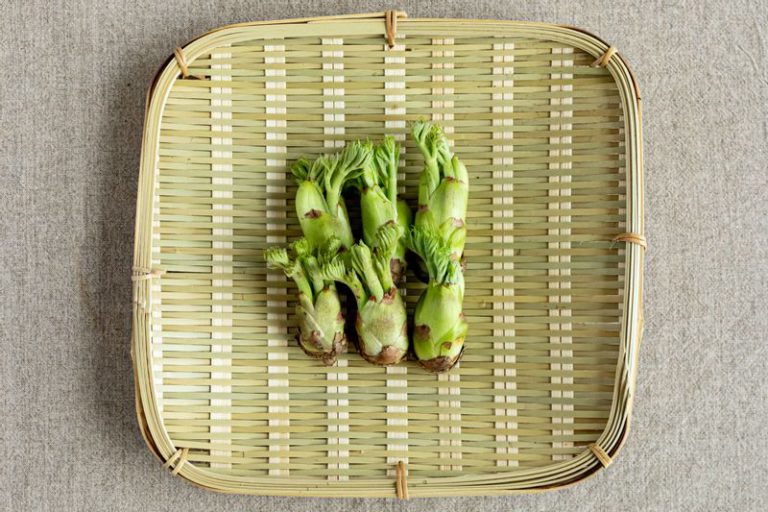
Japanese angelica buds
Japanese angelica is a deciduous shrub found throughout Japan. The trunk has sharp prickles, and the leaves, about one meter long, spread out in all directions. The shoots are called tara no me when they reach about five centimeters in length, and they are edible. They have a rich flavor and are a versatile ingredient used in various dishes, including ohitashi, aemono, and stir-fries. Kondo says, “They have a similar texture to asparagus. They’re also delicious wrapped and grilled in pork belly slices.”
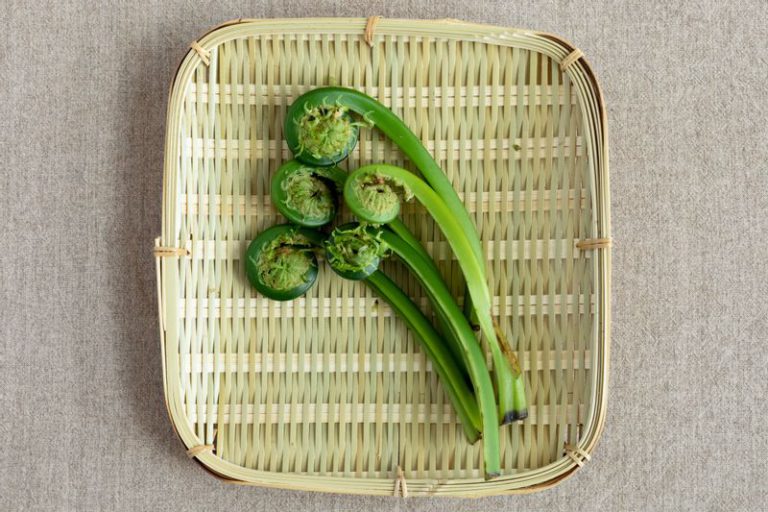
Ostrich fern
Ostrich fern is a fern species growing in clumps in forests on damp land, and it grows to about one meter high. The young shoots, which are curled up like Asian royal fern, are edible. Because of its mild flavor, it is easy to use in sumisoae (cooked vegetables dressed in vinegar-miso dressing), shiraae (cooked vegetables dressed in smooth tofu), and salads. It keeps its crispy texture even when cooked.
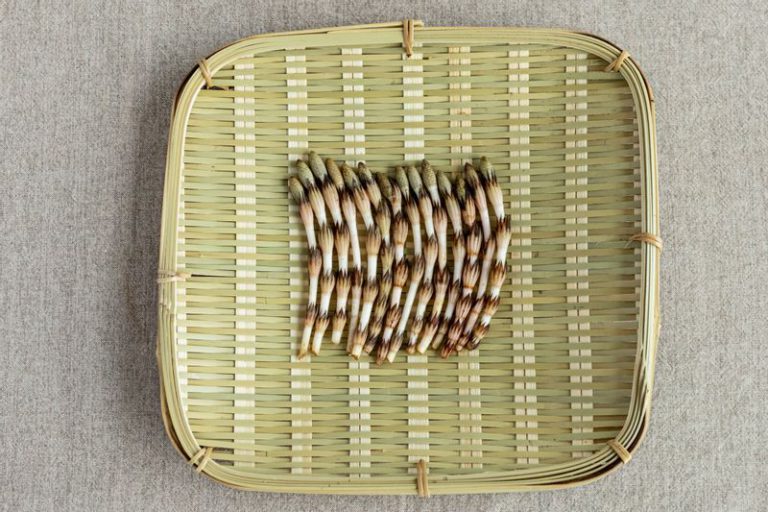
Horsetail
Wild horsetail grows extensively from Hokkaido to Kyushu. Just as its name in Chinese characters means “earth brush,” it emerges above ground in the shape of an upside-down writing brush. The top part of the ear is full of bittersweet spores. As boiling and frying will reduce its weight, it is better to use it in tempura or grilled. “Use horsetail in sweet and spicy tamago toji (scrambled eggs cooked with dashi). Some cooks use it to garnish plates to give them a seasonal touch,” says Kondo.
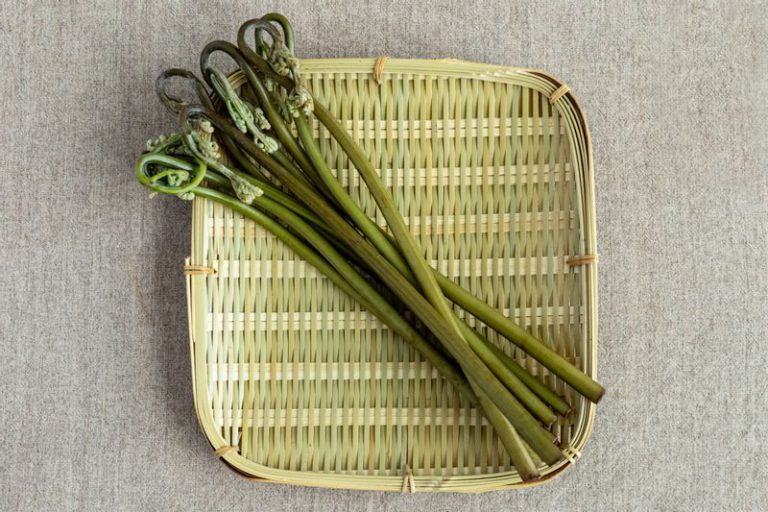
Bracken
Bracken is a perennial fern common in grasslands. It has been used as food since ancient times and is mentioned under the name “warabi” in Wamyosho, a dictionary of Chinese characters compiled in the Heian period (794–1185). It is so acrid that it will stain the hands when picking. Remove the bitterness thoroughly and use it in takikomi gohan (mixed rice), ohitashi, and stewed dishes. It can be preserved when dried in the sun.
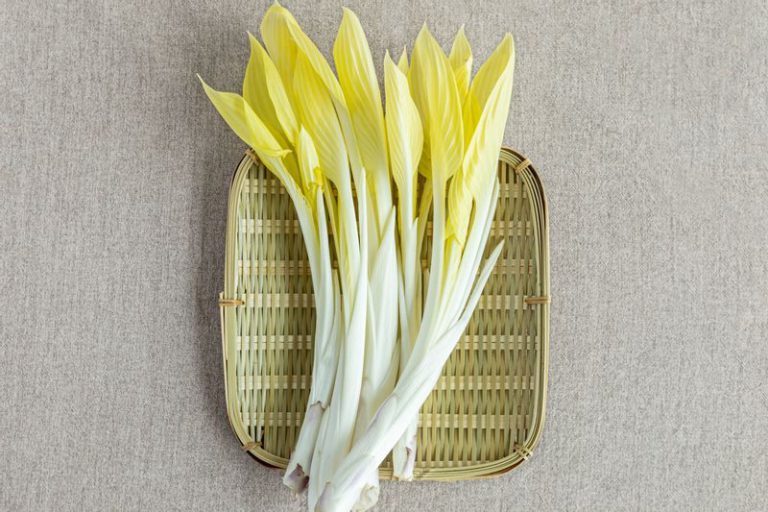
Hosta
The young leaves curled up like trumpets and shoots are edible. Its defining characteristics are low acridity and squeaky texture. It also has a distinctive sliminess, like Welsh onion. It is recommended as an ingredient in miso soup, stir-fries, and ohitashi. Yamagata Prefecture has branded the hosta grown in shaded greenhouses as Yuki Urui. The stems have a distinctive white color and softness, and they can be enjoyed raw.
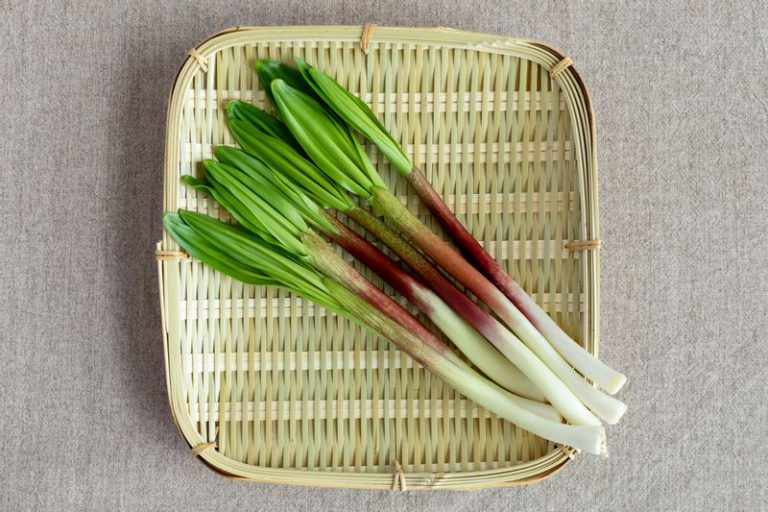
Siberian onion
Native to Hokkaido and Honshu north of the Kinki region, its leaves, buds and bulbs are edible. Because of its garlic-like odor, it spread as a tonic among mountain ascetics and was eventually named gyoja ninniku (ascetic garlic). It is eaten raw with miso or mayonnaise or boiled and used in ohitashi and sunomono. Kondo says, “It makes an excellent accompaniment to sake when finely chopped and marinated in soy sauce.”
Enjoy original culinary creations that make the most of sansai's unique flavors

Kondo recommended Izakaya Gekko in Shinjuku, Tokyo, saying, “There’s a perfect place for enjoying sansai.” The izakaya prides itself on imaginative dishes sprinkled with essences of Japanese, Italian, French and other cuisines. Sansai appears on the menu from around January, when cultivated products become available.
The owner, Ko Nishimura, says, “Every year, some of our regulars badger us asking, don’t you have any sansai yet?”
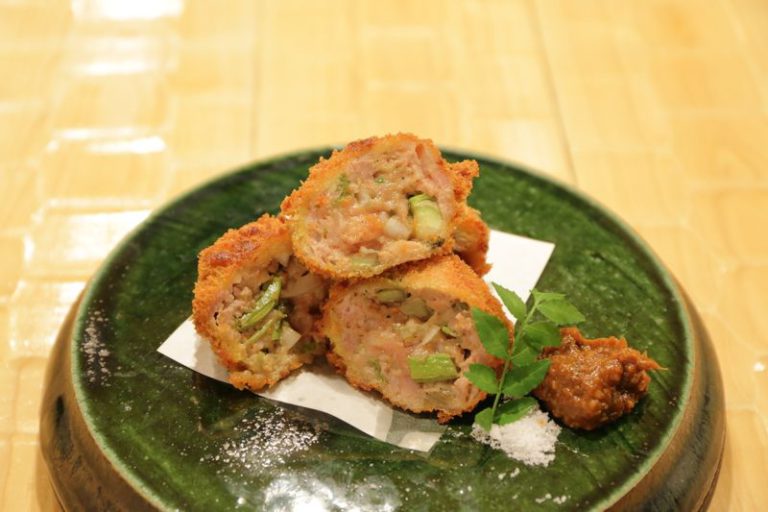
In Nishimura’s hands, even simple-tasting sansai transforms into an exceptional dish. “The dish I recommend most is the mince sansai katsu of ostrich fern and Japanese angelica buds,” says Nishimura. The mixture is mostly ground pork with sansai such as ostrich ferns, Japanese angelica buds, and butterbur buds. Gekko’s way of enjoying the dish is with butterbur miso blended with demi-glace and Worcestershire sauce. The sweet fat and sansai’s bitterness fill the mouth in unison when you bite into the large mince katsu.
Nishimura says, “We pre-fry the Japanese angelica buds in olive oil to give them the right amount of bitterness. “We’re also particularly careful with the cooking temperature to preserve hosta’s crunchiness.”
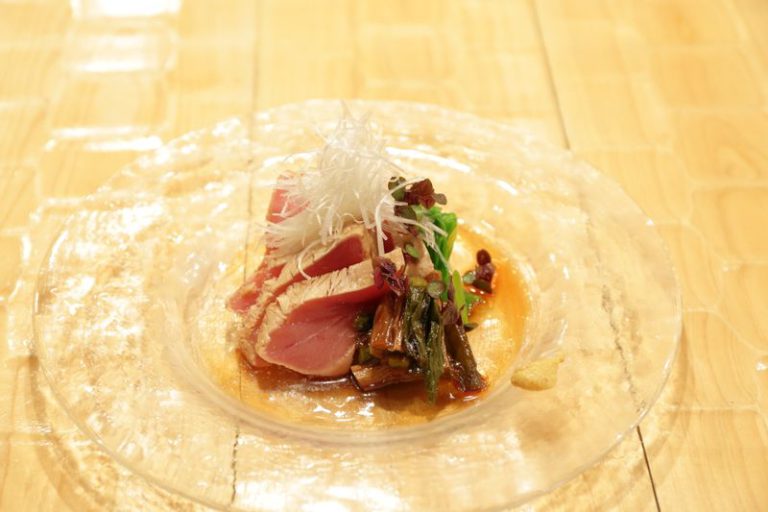
Tuna and Siberian onion marinated in tamari is another popular dish. Siberian onion sautéed in oil and marinated in dashi soy sauce and briefly blanched hosta are served cold with thickly cut tuna. The more you eat, the more the three individualities harmonize, making you want more.
Nishimura says, “The flavor of sansai can’t be replaced by other ingredients. If you use their characteristics well, you can expand your cooking range.”
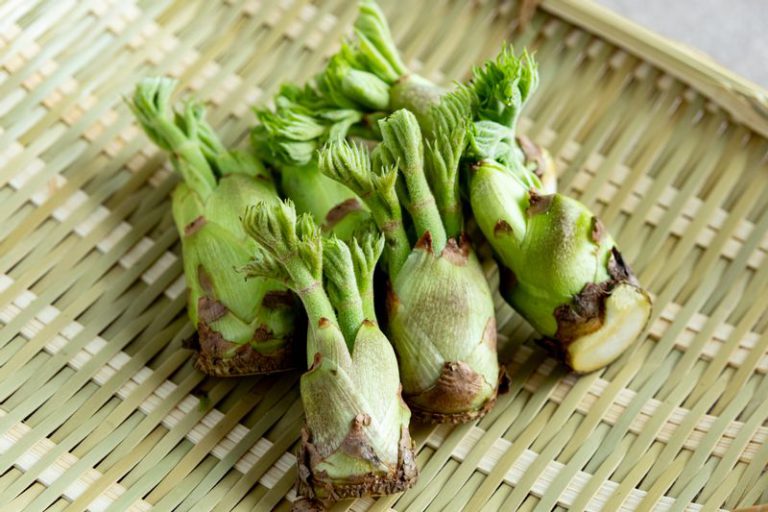
Sansai shows its individuality in simple as well as complex dishes. The variety of recipes is a manifestation of sansai’s deep roots in the eating habits of the Japanese people.
From being an emergency food for the masses to become a luxury item yearned by everyone, the flavor of sansai has not changed even when times have changed.

